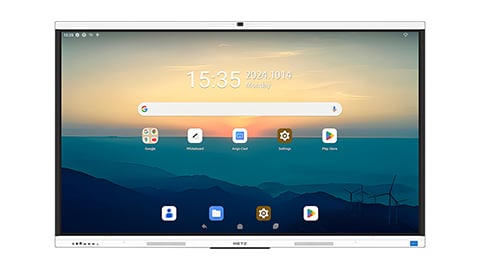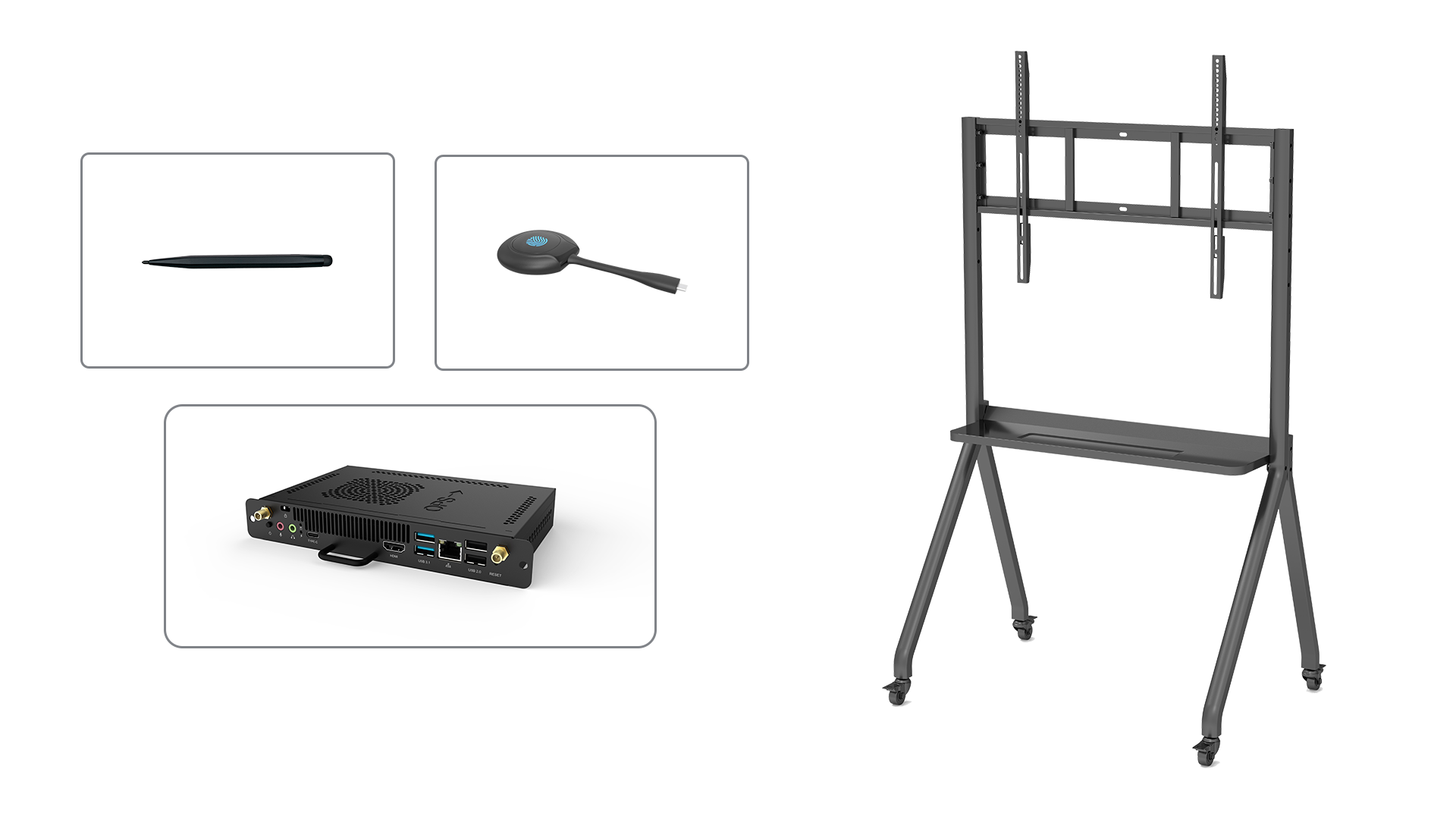The Advantages of Using a Smartboard in the Classroom
Smartboards have revolutionized the way teachers interact with their students. These interactive whiteboards offer a wide range of features that make teaching more engaging, interactive, and efficient. One of the key features of a smartboard is its ability to allow teachers to write directly on the board. In this article, we will explore the various techniques and best practices for writing on a smartboard effectively.
Understanding the Basics of Writing on a Smartboard
Before diving into the specifics, it is important to familiarize yourself with the basic functions and features of a smartboard. A smartboard is a touch-sensitive interactive whiteboard that connects to a computer. It allows you to write or draw on the board using a digital pen or your finger. The content you write on the smartboard can be saved, edited, and shared electronically. Now, let's delve into the various techniques for writing on a smartboard.
Choosing the Right Tools for Writing
When it comes to writing on a smartboard, you have several options. The most common tools used are digital pens and your finger. Digital pens offer more precision and control, making them ideal for writing small text or drawing intricate diagrams. On the other hand, using your finger provides a more natural and intuitive writing experience. Experiment with both options to find the one that suits your preferences and needs.
Writing Neatly and Legibly
Writing neatly and legibly on a smartboard is essential for effective communication with your students. To ensure your writing is clear and readable, follow these tips:
- Choose a font size that is large enough to be seen from the back of the classroom.
- Write slowly and steadily to avoid messy handwriting.
- Use different colors for emphasis or to highlight important points.
- Practice writing on the smartboard before using it in a classroom setting.
Utilizing Interactive Features
Smartboards offer a wide range of interactive features that can enhance your teaching and engage your students. Take advantage of these features by:
- Using the spotlight or magnifier tool to focus on specific areas of the board.
- Utilizing the shape recognition tool to draw perfect shapes and diagrams.
- Incorporating multimedia elements such as images, videos, and audio into your lessons.
- Encouraging student participation by allowing them to write or interact with the board.
Creating Engaging and Interactive Lessons
Writing on a smartboard is not limited to simply writing text or drawing diagrams. You can create dynamic and interactive lessons that capture your students' attention and make learning fun. Here are some ideas to get you started:
- Create drag-and-drop activities where students can interact with objects on the board.
- Use the screen recording feature to record your lessons for students who may have missed the class.
- Play educational games that require students to write or solve problems on the smartboard.
- Collaborate with other teachers to create interactive lessons that can be shared across classrooms.
Utilizing Smartboard Software
Smartboards come with dedicated software that enhances their functionality and allows you to make the most out of your smartboard. Familiarize yourself with the software's features and capabilities. Some popular smartboard software options include Smart Notebook, Promethean ActivInspire, and OpenBoard.
Troubleshooting Common Issues
Like any technology, smartboards may encounter occasional issues. Here are some common problems you may face when writing on a smartboard:
- Calibration issues: If your touch is not accurately registered on the board, recalibrate it using the software.
- Pen not working: Check the batteries of your digital pen and replace them if necessary.
- Software glitches: Update your smartboard software regularly to avoid compatibility issues and bugs.
- Connectivity problems: Ensure that your smartboard is properly connected to your computer and that all cables are securely plugged in.
Conclusion
Writing on a smartboard is a powerful tool that can transform your teaching and engage your students in new and exciting ways. By understanding the basics, choosing the right tools, and utilizing the interactive features and software, you can create dynamic and interactive lessons that foster a love for learning. So go ahead, grab a digital pen or use your finger, and start writing on your smartboard today!






